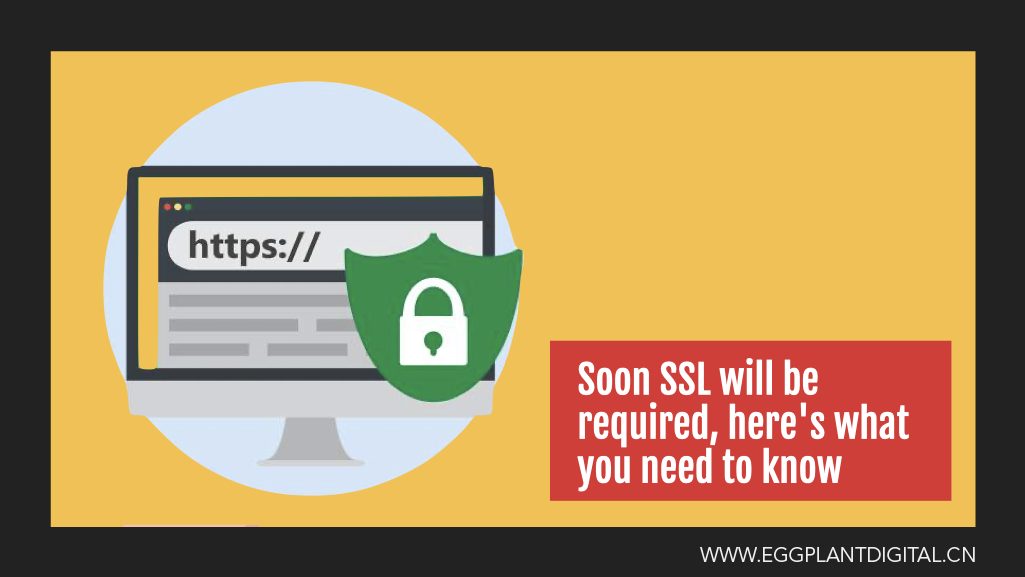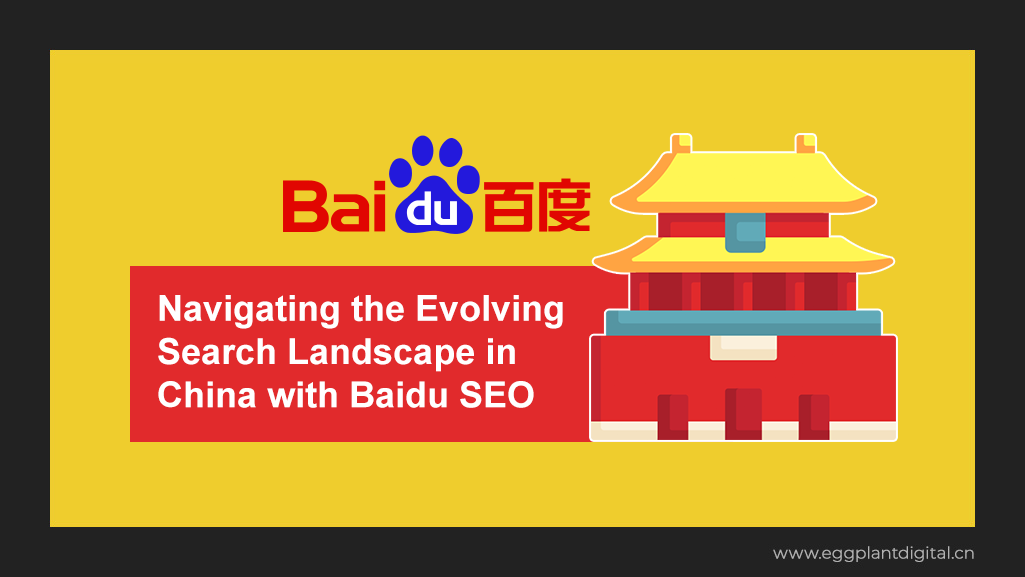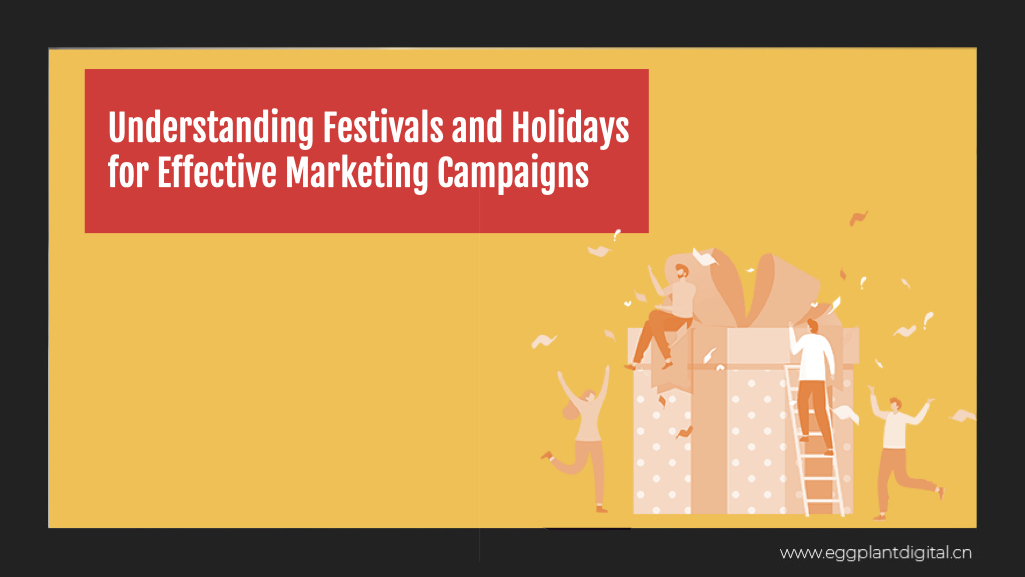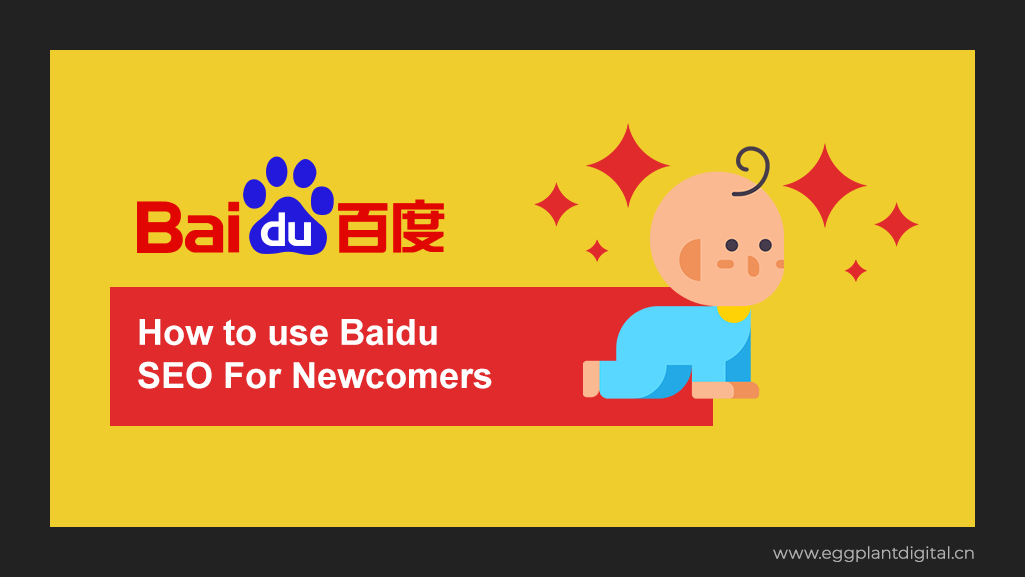If you read the first part of our series, Baidu SEO for newcomers, we explored…
Soon SSL will be required, here’s what you need to know
In a few months time, Google will start using “Not Secure” warnings within the browser bar, letting any visitors of the website know that your site is not secured with SSL.
What is SSL?
Without getting too technical, SSL is simply a way to encrypt the connection to your website making it more secure. You’ll know when you are visiting a website with SSL, because in the browser bar you’ll see “Secure” written before the domain name.
![]()
What’s going to change?
From July, Google Chrome will start using a more obvious warning when you visit a website without SSL. Prior to that they have only shown a simple exclamation mark, after the July Chrome update, they’ll add “Not Secure”.

Why does that matter?
As a user of the web, i’d say this is a good thing, it encourages more websites to use SSL, which in turn makes a safer web for everyone. If you are running a website, either for your business or personal use and you don’t have an SSL, then your visitors might start to notice. This will especially matter if you are doing any kind of transaction on the site, such as a login or a shopping cart.
How do I get an SSL?
The good news is an SSL certificate can be added for free in most cases. There is a free SSL service available called “Lets Encrypt”, and if you are hosting with Eggplant Digital we can help to install that for you, just shoot us a support ticket. If not, you should either contact your hosting company or check your hosting control panel to turn it on.
Once you have an SSL certificate turned on you’ll need to make sure all files and internal links on your website are running through that SSL connection. This can get a bit technical depending on how you set your website up, and you might need a web developers help.
If you are using WordPress, then a simple solution is to install the plugin WP Force SSL, which will take care of all the hard work for you.
What if Lets Encrypt is not an option?
In the case where Lets Encrypt is not working for you, then there are several paid options that will work fine. These can be more complicated to install, so it’s best to get help from your hosting company. The prices range from around $10 to $100 depending on whether you have sub-domains or not.
If you’re still not sure where to start, just shoot us an email and we’ll be happy to help you get your site secured or add a question in the comments below and we’ll get back to you.





This Post Has 0 Comments